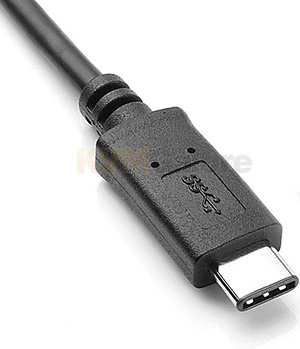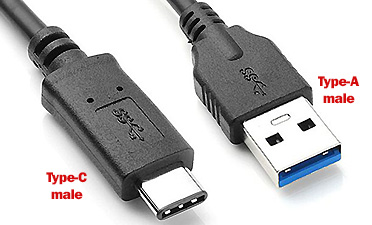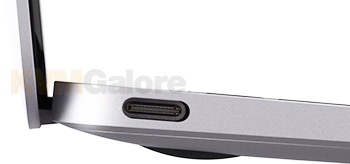USB Type-C
Posted on June 28, 2015 by KVMGalore | 0 comments
 Developed at roughly the same time as the USB 3.1 specification, but distinct from it, USB Type-C defines a new small reversible-plug connector for USB devices.
Developed at roughly the same time as the USB 3.1 specification, but distinct from it, USB Type-C defines a new small reversible-plug connector for USB devices.
USB Type-C...
- Slim and sleek connector tailored to fit mobile device product designs, yet robust enough for laptops and tablets
- Features reversible plug orientation
- Features reversible cable direction
- Supports high power output

Physically, USB Type-C port and connector is about the same size as that of the Micro-B USB, measuring just 8.4mm by 2.6mm. This means it's small enough to work for even the smallest peripheral devices. With Type-C, a USB cable's both ends will be the same, allowing for reversible plug orientation. You also don't need to worry about plugging it in upside down.
USB Type-C plug connects to both hosts and devices, replacing various Type-B and Type-A connectors and cables with a standard meant to be future-proof, similarly to Apple Lightning and Thunderbolt.
 USB Type-C supports USB 3.1 with the top speed of 10Gbps and has much higher power output of up to 20V (100W) and 5A. Considering most 15-inch notebook computers require just around 60W of power, this means laptop computers can be charged the way tablets and smartphones are now, via their little USB port.
USB Type-C supports USB 3.1 with the top speed of 10Gbps and has much higher power output of up to 20V (100W) and 5A. Considering most 15-inch notebook computers require just around 60W of power, this means laptop computers can be charged the way tablets and smartphones are now, via their little USB port.
USB Type-C also allows for bi-directional power, so apart from charging the peripheral device, when applicable, a peripheral device could also charge a host device.
Type-A and Type-B adapters are required for older devices in order to plug into USB Type-C hosts.





